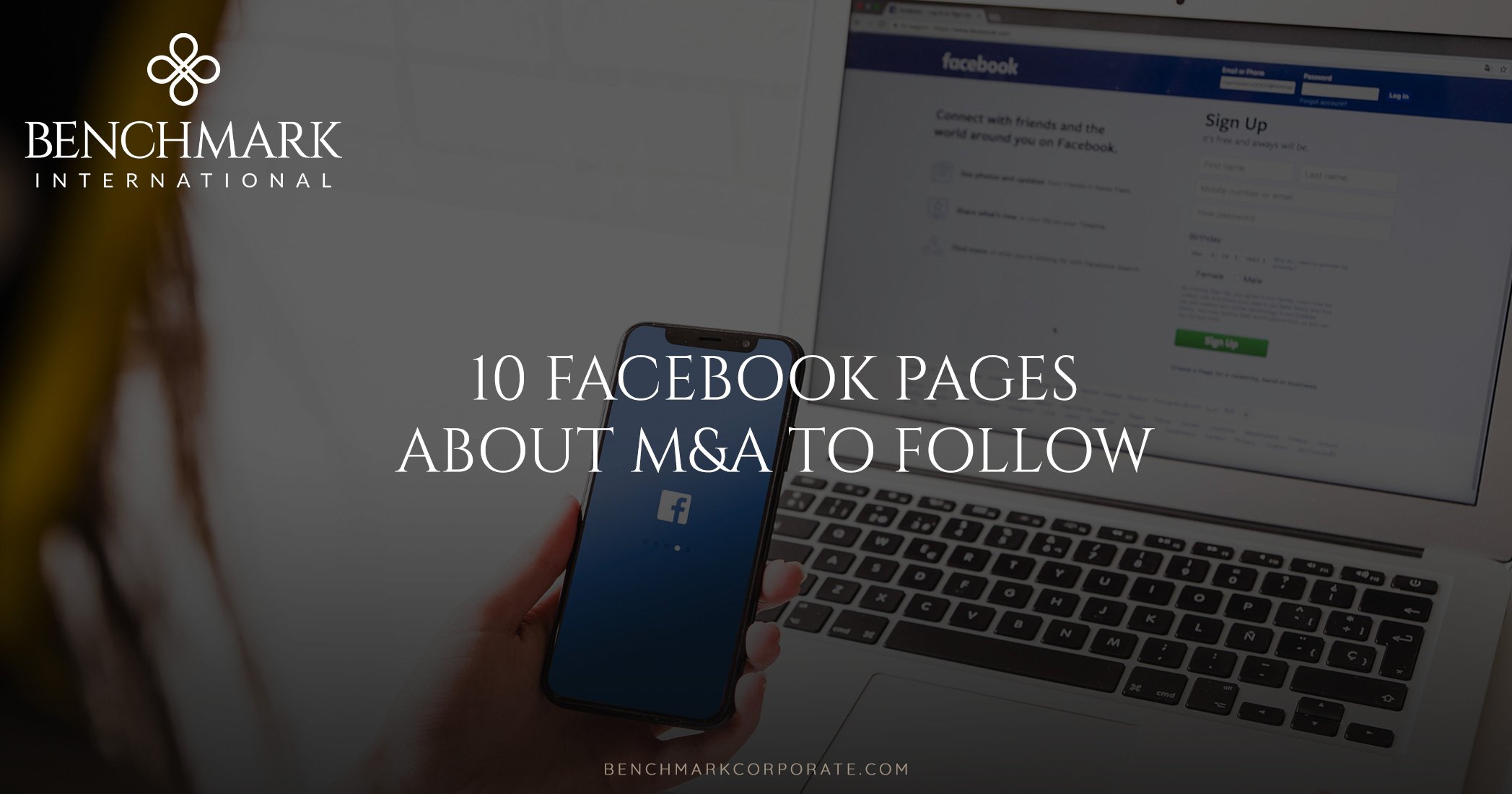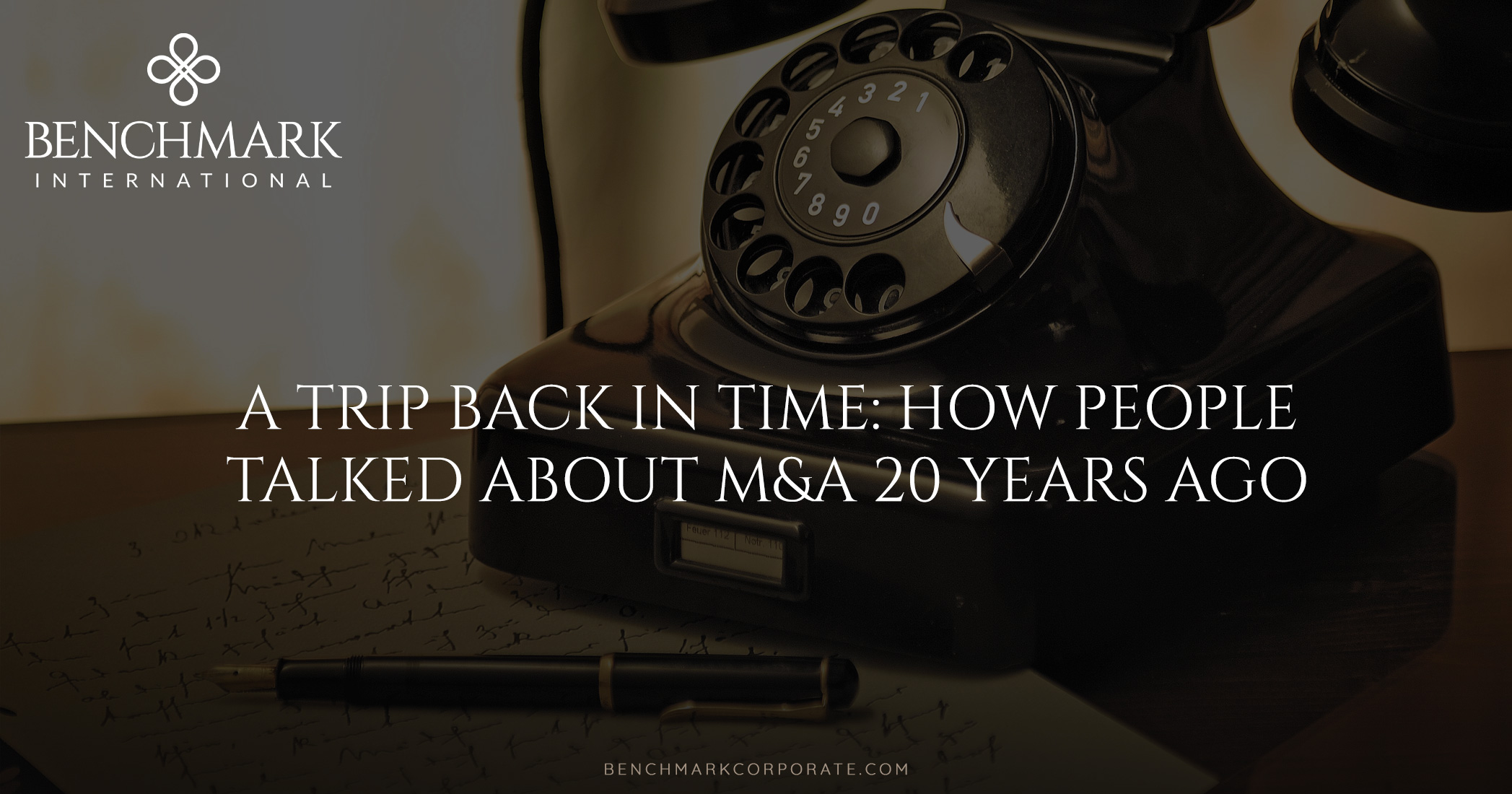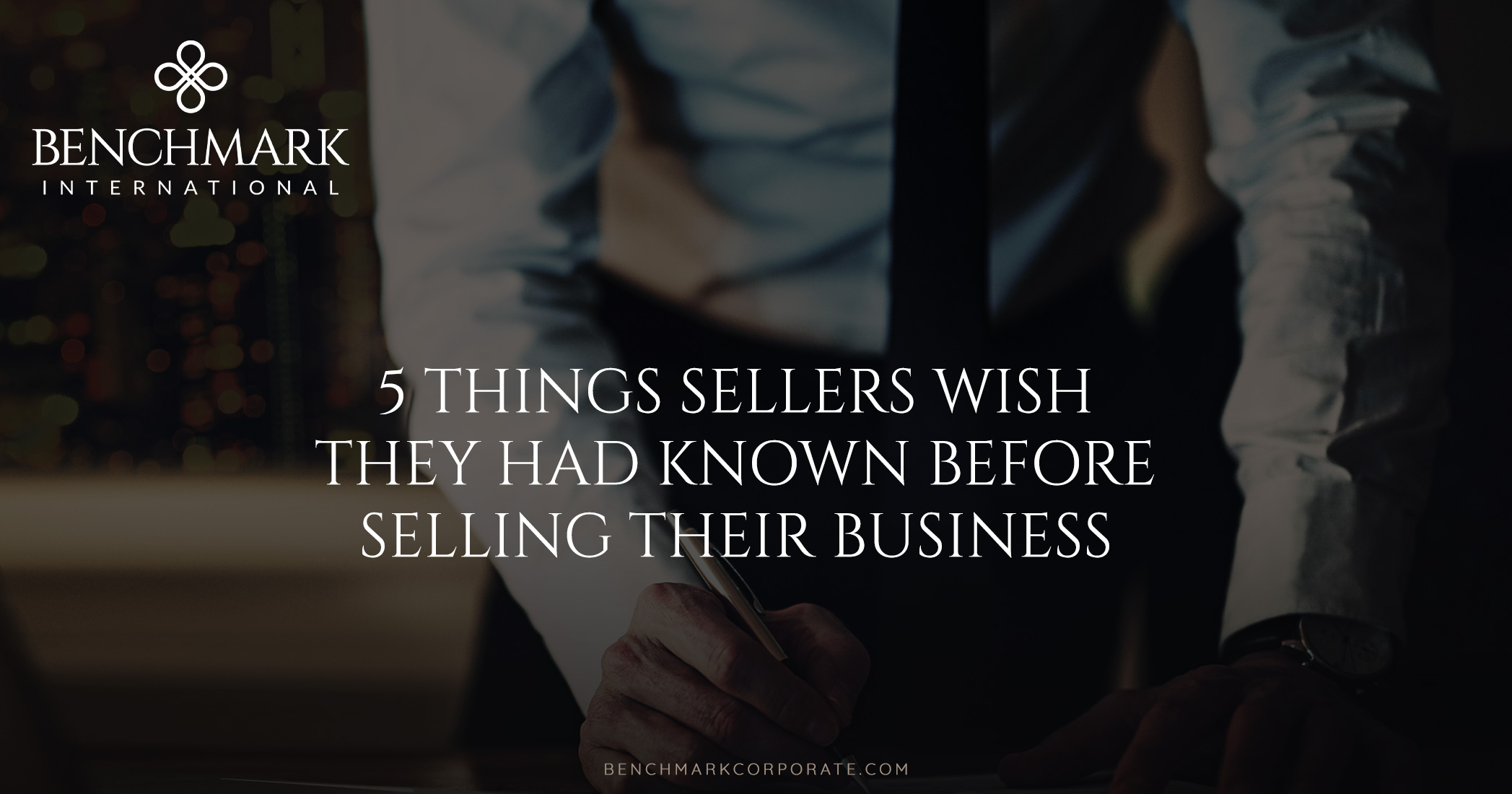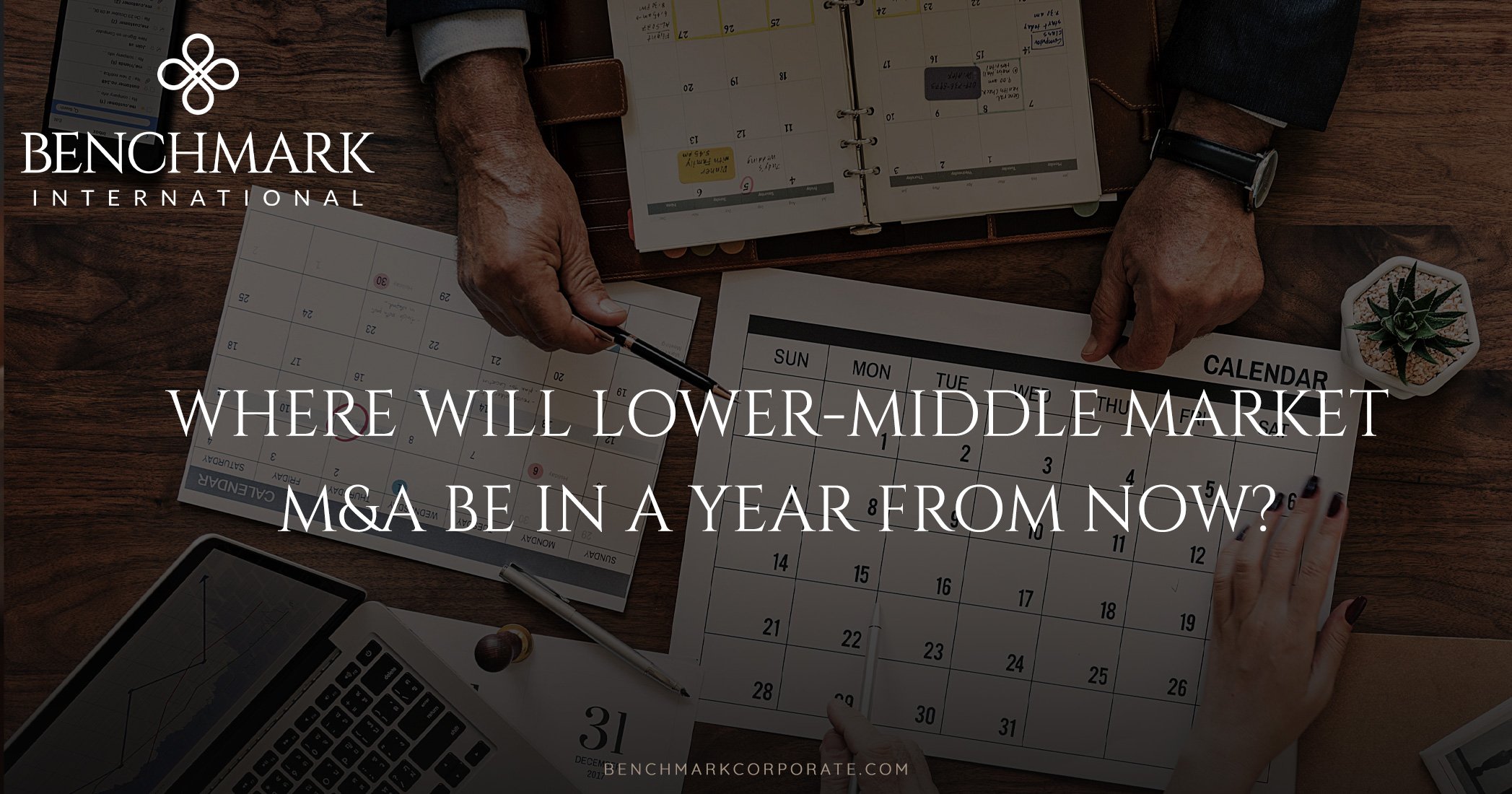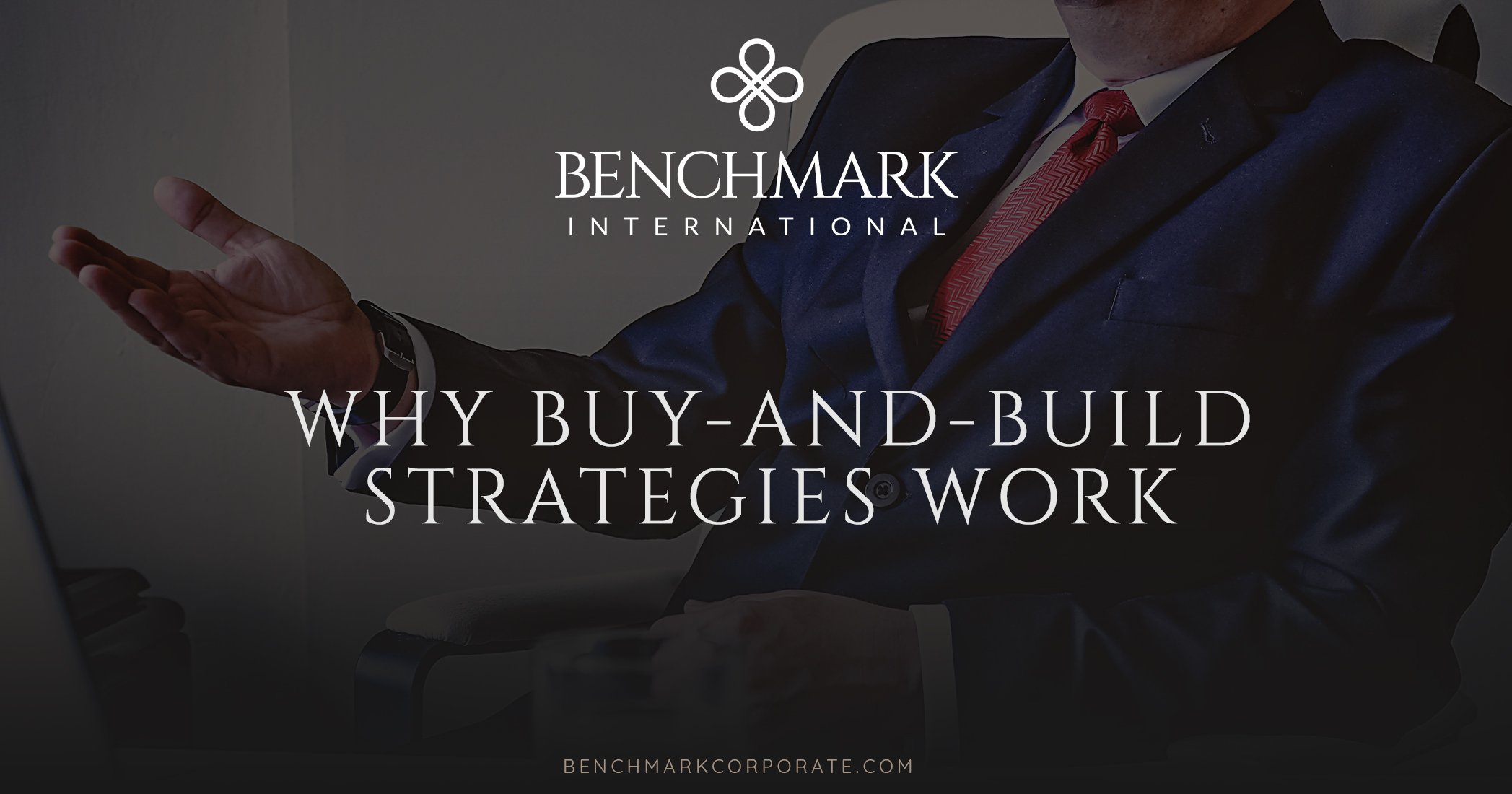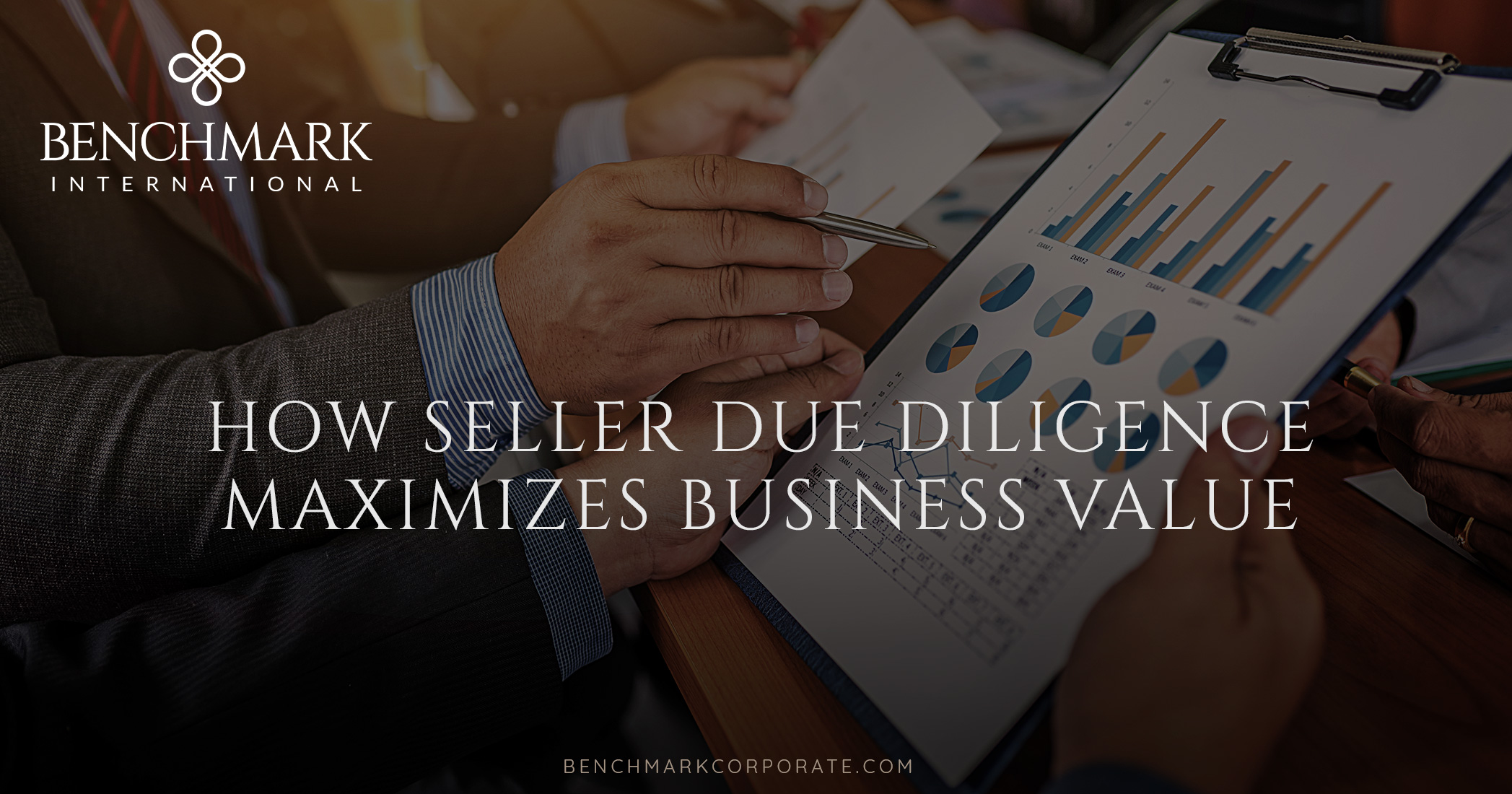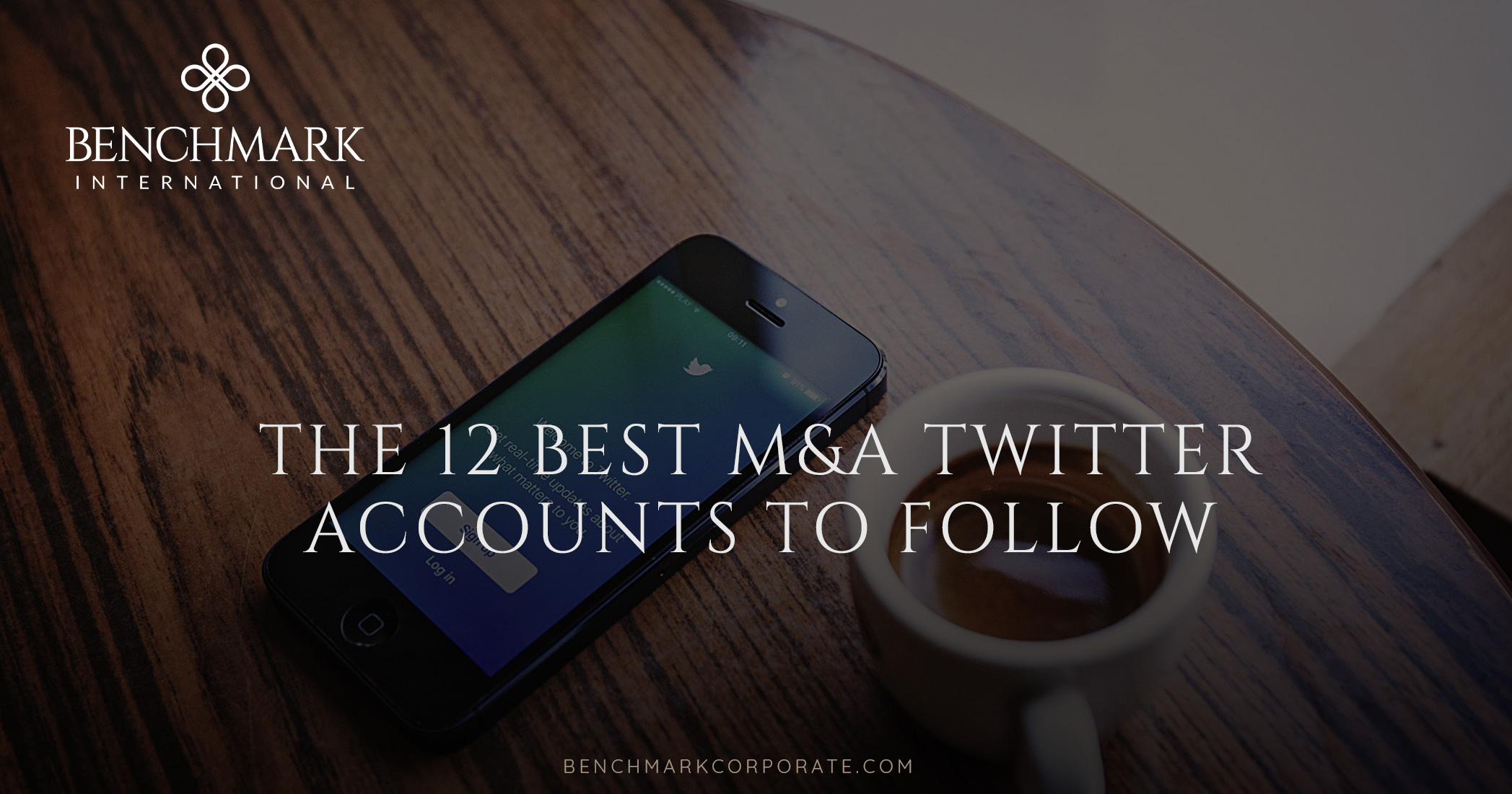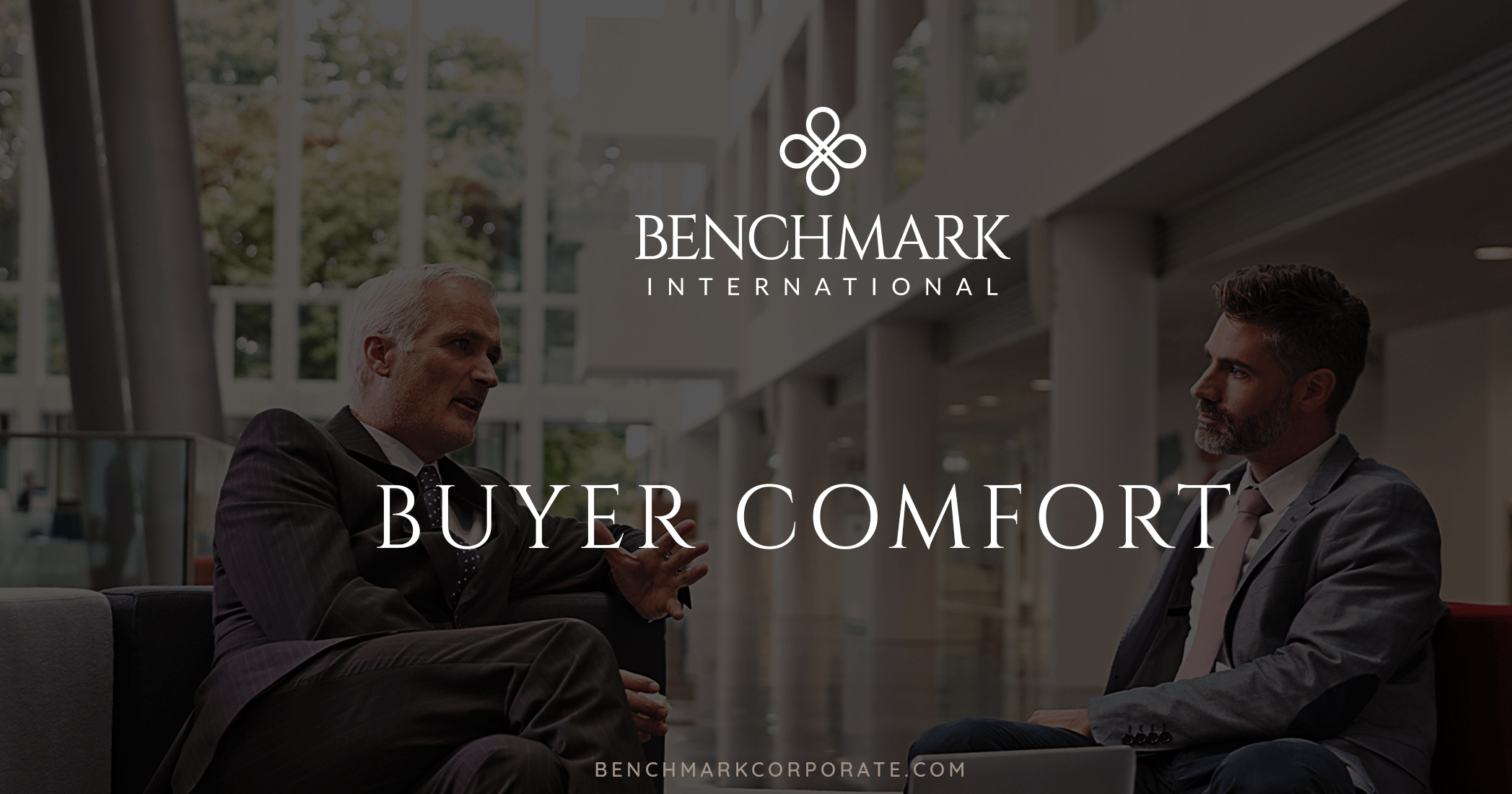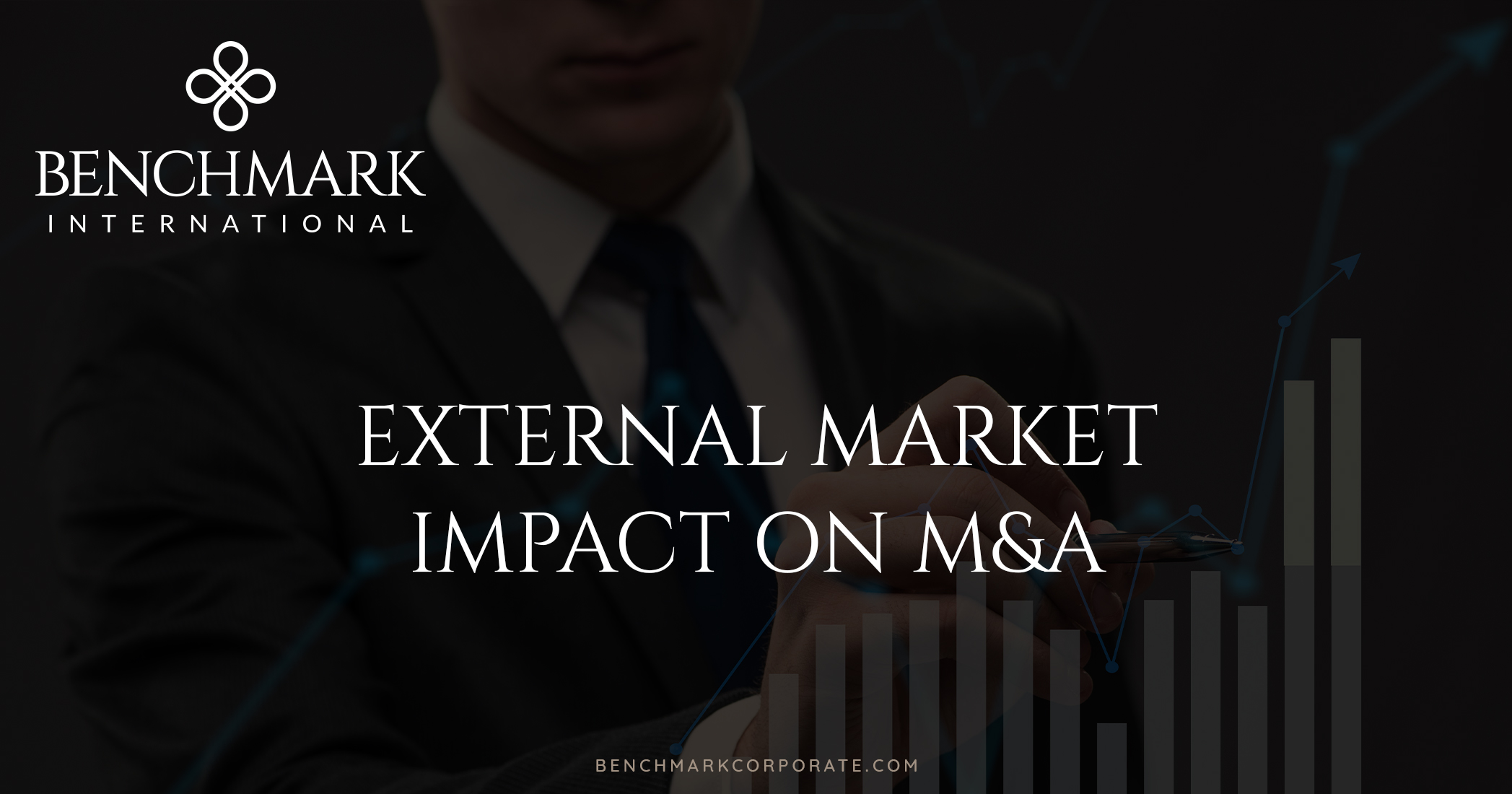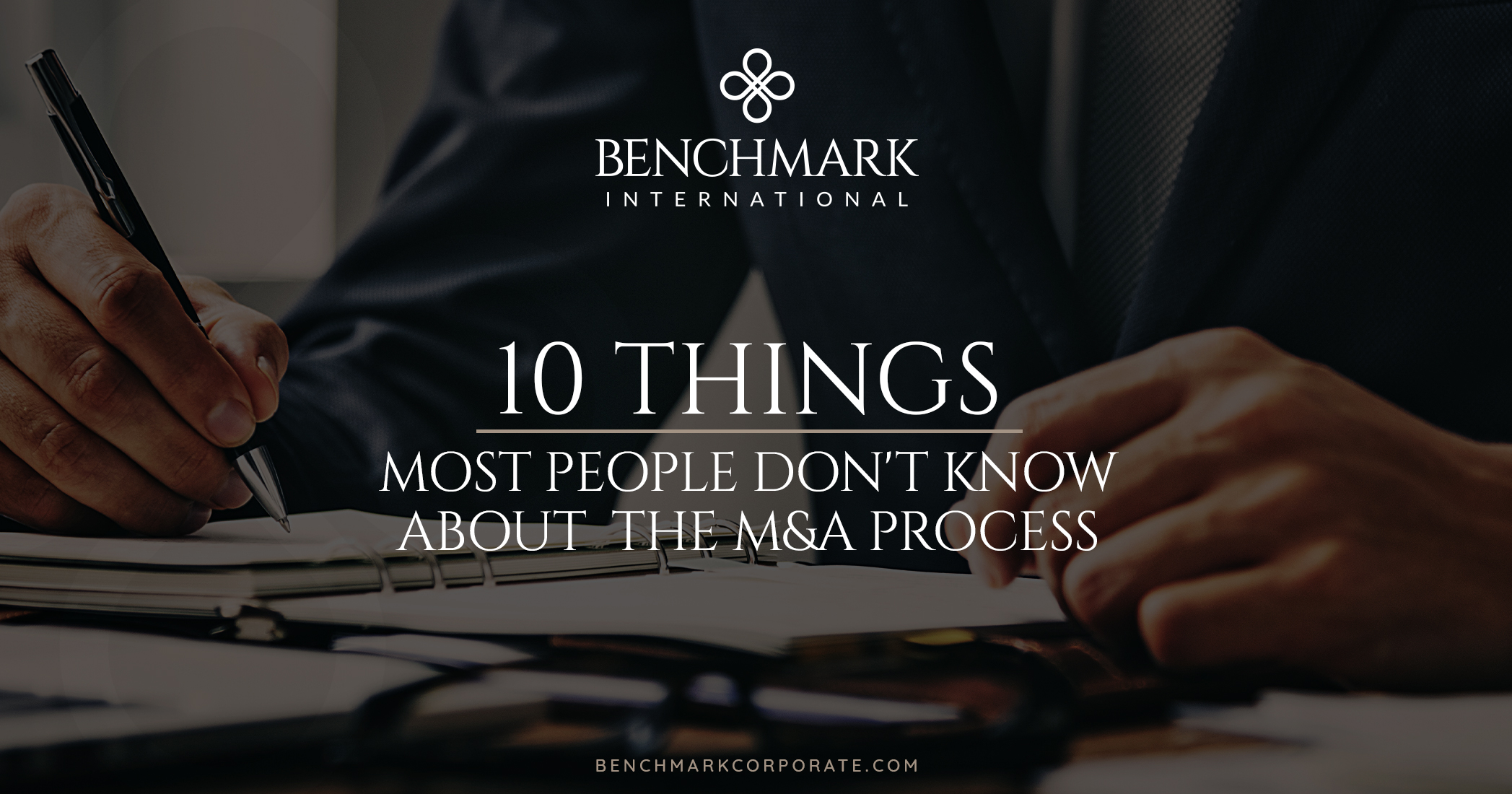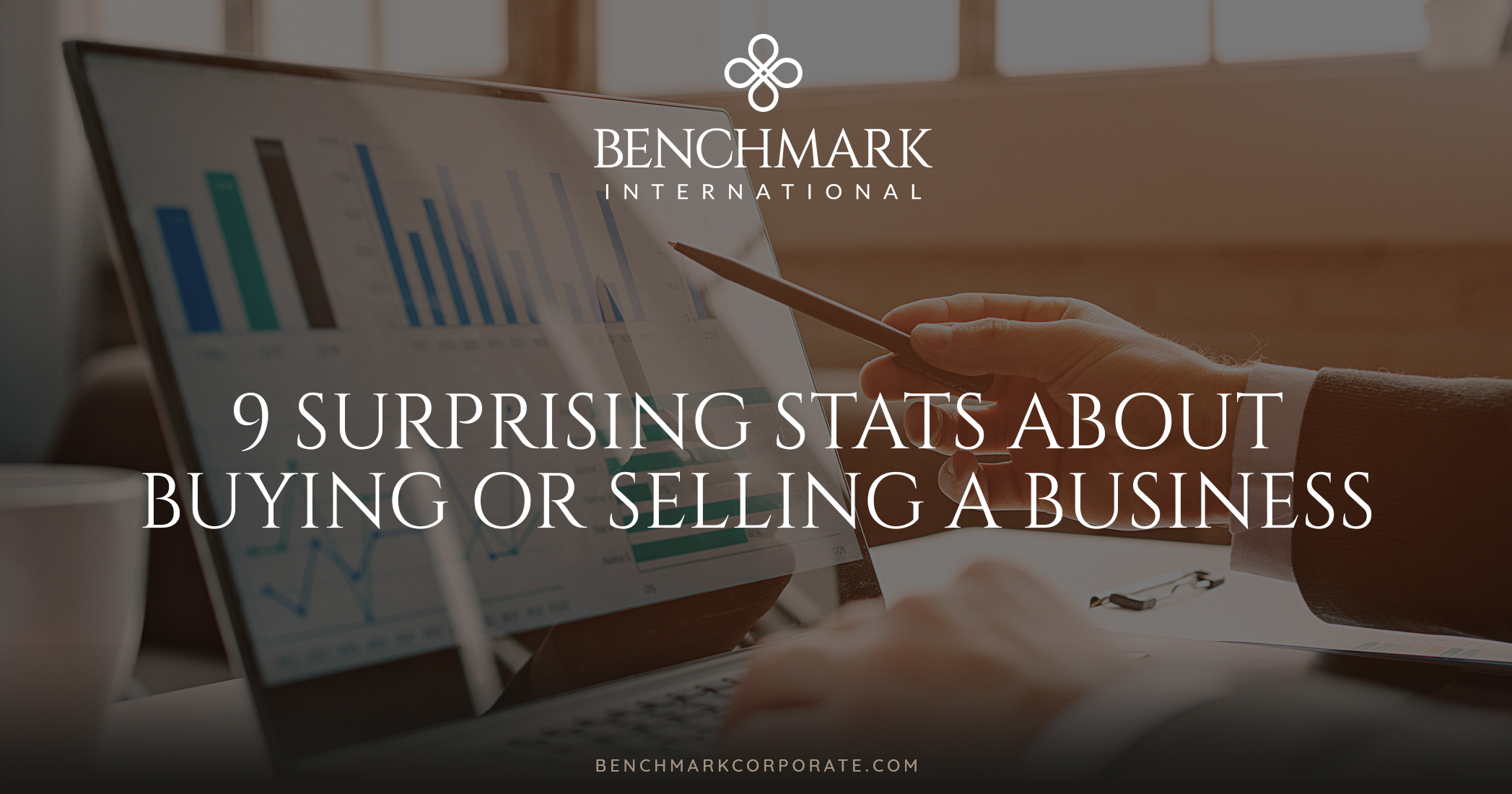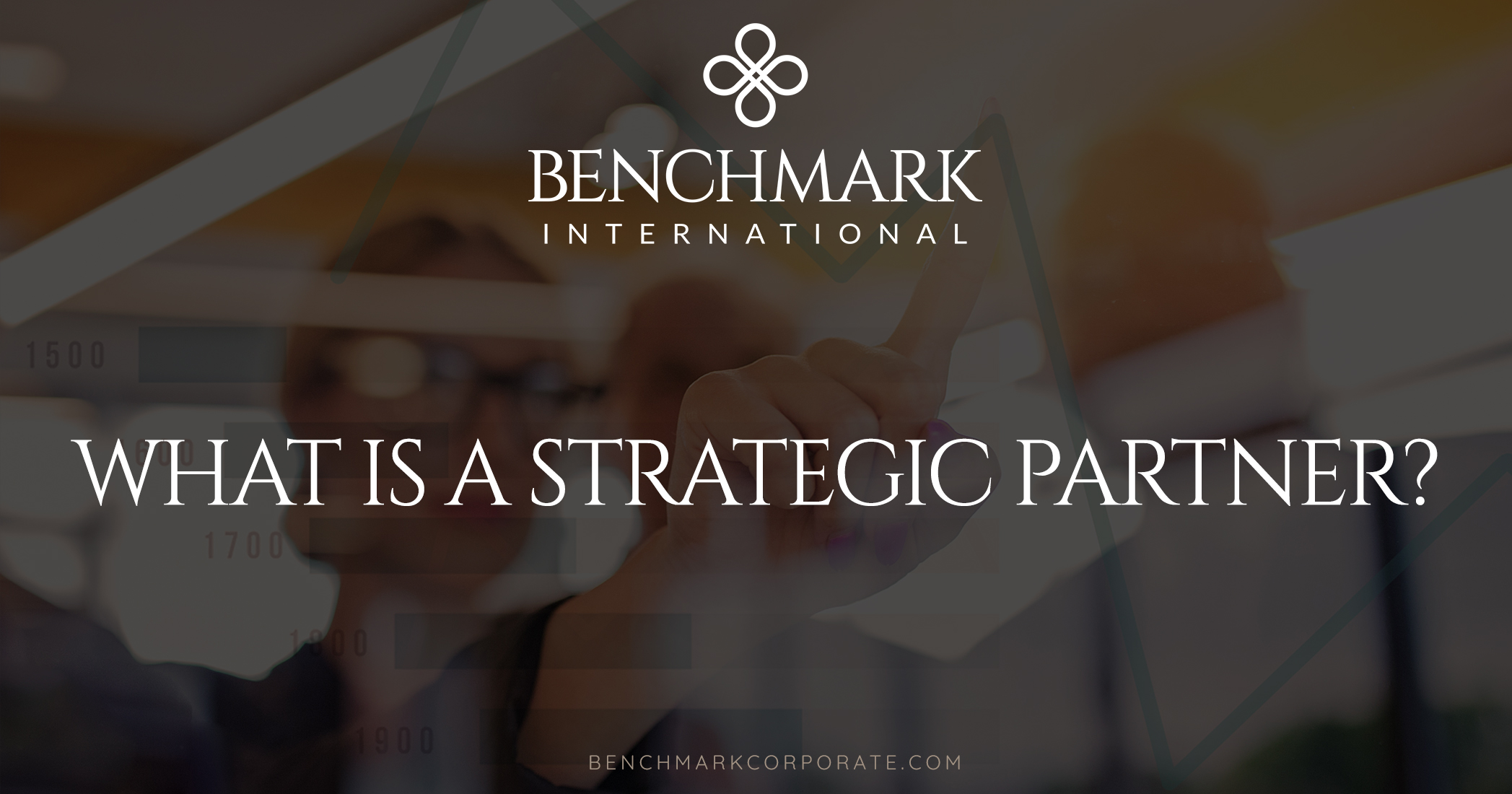Population and economic growth drive the global demand for energy. Nuclear energy is the world's second largest source of low-carbon power and it makes up 11% of the world’s electricity generation. Around 50 countries use nuclear energy, and there are hundreds of nuclear reactors in operation around the world.
There are also around 225 research reactors under operation, with more under construction. These reactors are used for research and training, and produce medical and industrial isotopes.
As the world increasingly focuses on ways to reduce carbon emissions, nuclear power has the potential to play a more pivotal role, yet the industry is seeing the state of things go both ways. Following the Fukushima nuclear disaster, Japan shut down 48 of its reactors, and Germany began phasing out its nuclear program. And in several countries, the creation of new reactors is facing delays and cost issues. However, there is a bit of a dichotomy, as France still obtains 75% of its electricity from nuclear power, and the United States generates about twice as much as France.
The United Nation's Intergovernmental Panel on Climate Change has warned that reducing emissions will be far more expensive without the availability of nuclear power.
M&A Optimism
A single nuclear power plant is capable of generating a significant amount of electricity. It also requires very expensive components. For this reason, markets see drastic fluctuations from year to year. But there is still a great deal of optimism for the nuclear energy sector.
A strong appetite remains for companies that are of service to the nuclear industry. Acquirers and investors recognize the value that companies can gain from the multitude of services or products that are needed to keep the sector operational. This particular industry generates significant spending year after year in order to keep nuclear power plants compliant with the scores of federal, state and local regulations that exist. These companies must also keep up with increases in power production, which translates to regular spending on equipment and services. This type of reliability represents a quality investment opportunity. In general, the industry itself is always facing uncertainty, but the companies that have a history of serving this sector remain a solid investment.
As the energy industry transitions toward more sustainable cleaner energies, power companies are forced to alter their business models, and are faced with consolidations. Mergers and acquisitions have the power to streamline this very fragmented sector. Some companies are simply incapable of organically achieving the level of change they need. Plus, the nuclear energy industry has to compete with the increasingly popular natural gas industry.
Also, a new class known as small modular reactors (SMRs) has been introduced to the world and is garnering a great deal of enthusiasm and support.SMRs are less expensive, more efficient, offer more flexibility for utilities, and are easier to finance. This represents a stellar opportunity for growth and investment in the nuclear power industry.
There is also another sector that wholeheartedly relies upon the operation of nuclear reactors, and that is nuclear medicine. While nuclear medicine has existed for some time (widespread clinical use began in the 1950s), later 20th-century developments increased its role in healthcare (diagnostic imaging), and it is seeing an entirely new renaissance in the 21st century. Conventional pharmaceutical companies are eagerly seeking to get in the game of radiopharmaceuticals, radiotherapeutics, and radiotheranostics. In fact, it is predicted that by the year 2030, radiotherapeutics will account for more than 60% of the market and nuclear medicine will be worth $26 billion. This represents a staggering opportunity for M&A activity.
Nuclear Energy M&A Expertise
Any energy M&A transaction requires a specialized level of expertise in order to avoid pitfalls that can blow a deal. Finding the right company broker is advised.
- Knowledge of the industry and the nature of the markets are key
- The ability to identify areas of risk is imperative. The due diligence required for deals in this sector is exceptionally painstaking
- Complex regulatory issues must be firmly understood. Laws and regulations in the energy industry go beyond the energy regulatory governance to include environmental, health, safety, tax, employee benefits and property issues
- Cross-border transactions require global and local understanding of the market and the regulatory differences and how it plays into the company valuation
Contact Us
At Benchmark International, our global M&A experts are eager to help you make the next big move for your company and your future. Whether you wish to sell your business or plan your retirement, we have the strategies, connections, and technologies to make great things happen for you.
READ MORE >> Benchmark International
Benchmark International  Benchmark International
Benchmark International 















